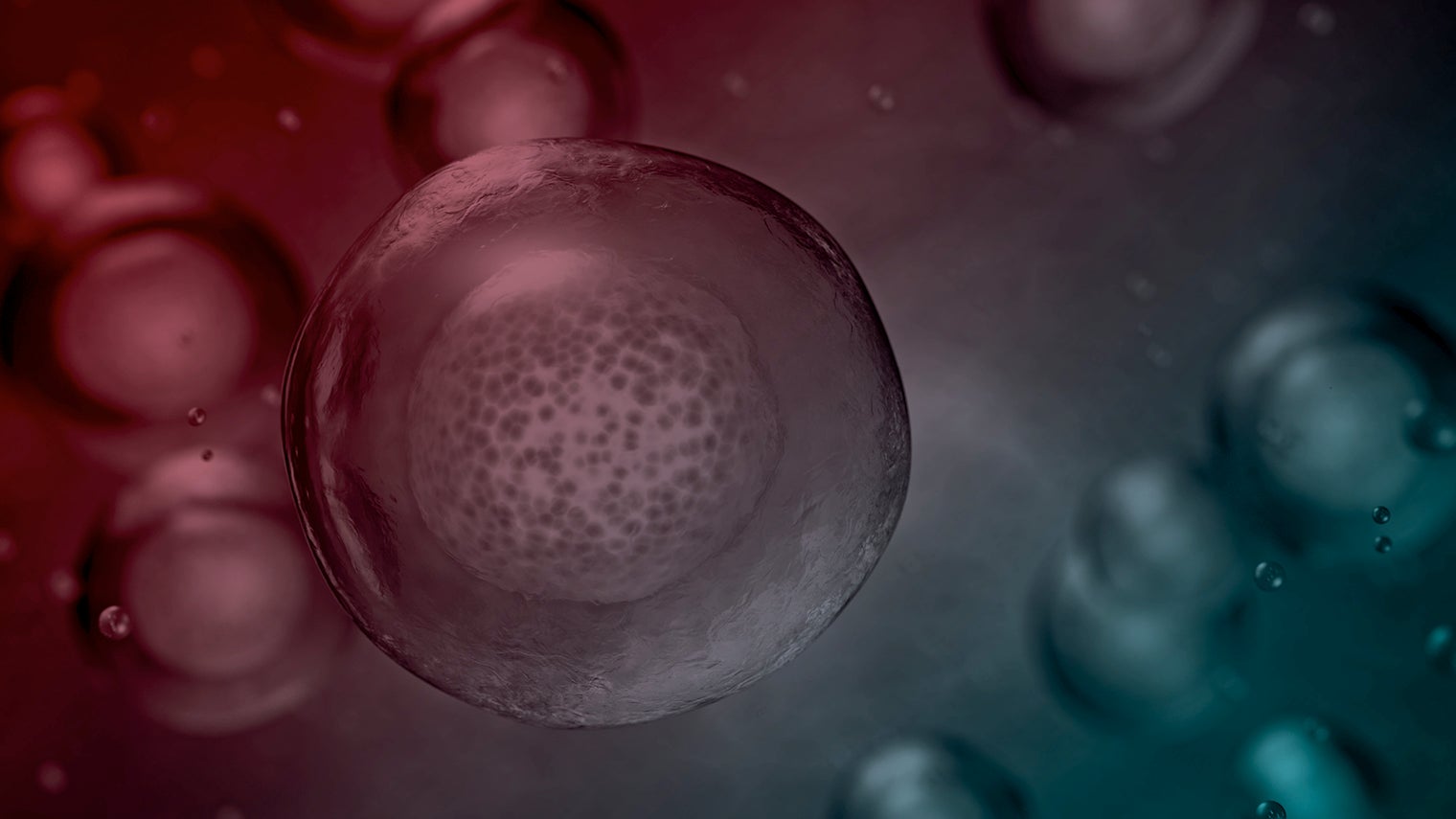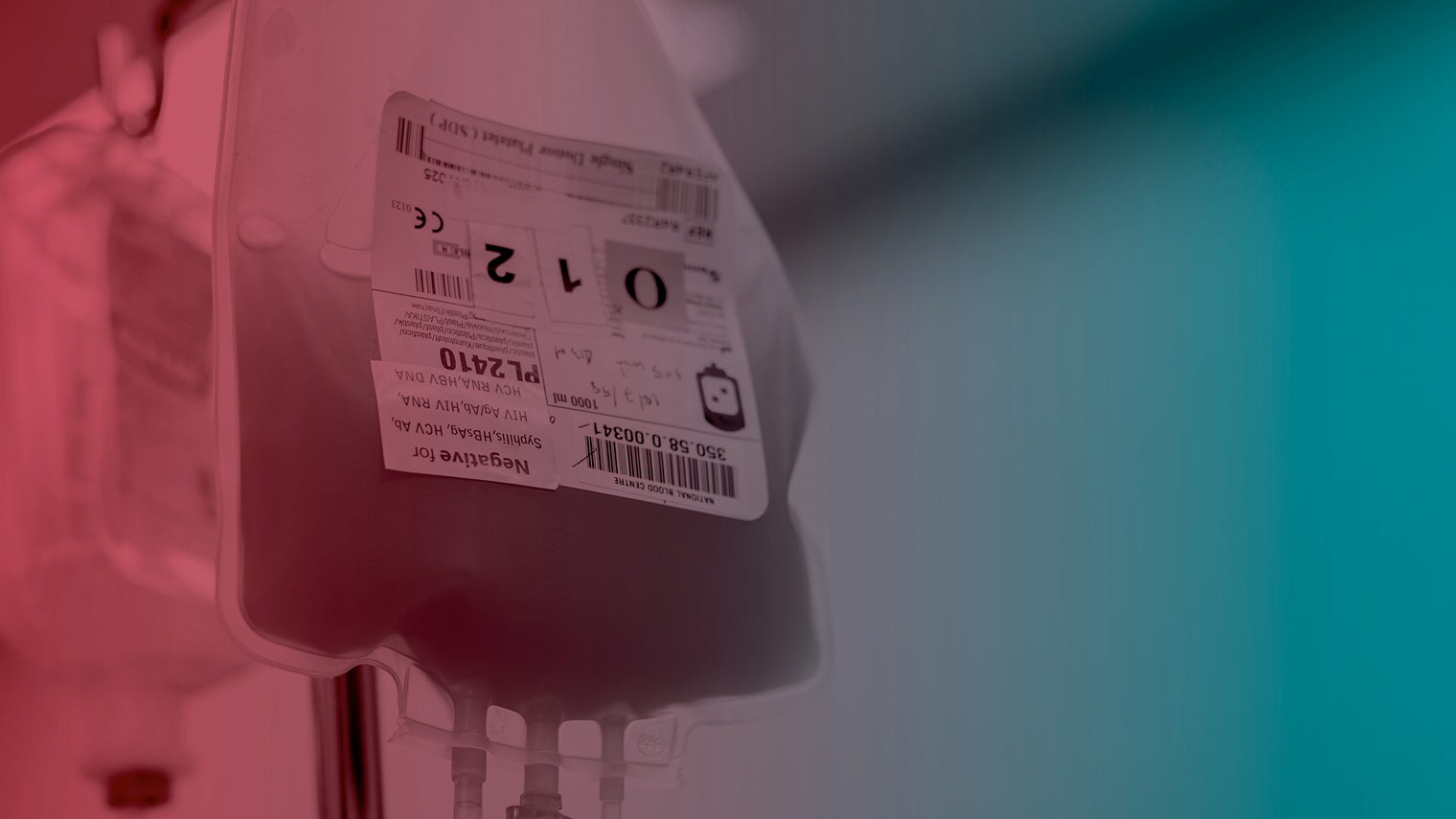Searching for new ways to help people manage chronic pain has become the Holy Grail for the pharmaceutical industry. Demand is rising inexorably while concerns are growing about the effectiveness and long-term impact of established treatments, such as opioid drugs. Here are four exciting pain management developments which could improve the lives of millions of people.
1. Neurostimulation
A pain management stimulator is placed under the skin, receiving an electronic impulse which passes to the spine. This scrambles the pain messages being sent via the nerves, interrupting them before they reach the brain, so they are no longer recognised as being anything other than comfortable. Pain can move and intensify as you change positions. You can adjust the strength and location of stimulation to address these changes in pain with a handheld programmer. Early results are positive, particularly with patients who have lost limbs and suffer from phantom-limb pain.
2. Stem cells
Stem cell therapy is an emerging treatment option for chronic pain. It uses a person’s own stem cells to repair damaged tissue and regenerate healthy tissue, to help repair and heal damage and degeneration. Stem cell treatments have reduced the need for prescription medication and surgery, proving to be a helpful tool towards managing and potentially eliminating pain in the body. When it comes to pain management, the stem cells gathered from bone marrow seem to be the most effective at treating painful conditions and injuries.
3. Platelet-rich plasma
Commonly referred to as PRP, this is a process that leverages the body’s natural healing process to provide a non-operative, permanent solution for conditions such as arthritis and ligament or tendon sprains and tears. PRP therapy is a concentration of platelets injected into the damaged ligaments, tendons and joints to promote tissue repair and accelerate healing. Platelets are rich in growth and healing factors which means, on average, an injured individual can get back to a pain-free life in four to six weeks. PRP is used by professional athletes to treat end-of-season symptoms including swelling, stiffness, inflammation, tenderness and pain.
4. Nanotechnology
Advances in nanotechnology, which manipulates particles that are 100,000 times smaller than the width of a human hair, have the potential to transform pain management. The technology supports minimally invasive surgery, which reduces peripheral damage and speeds up recovery, and makes it possible to deliver medication in the smallest doses where it is needed most, reducing potentially harmful side effects.



